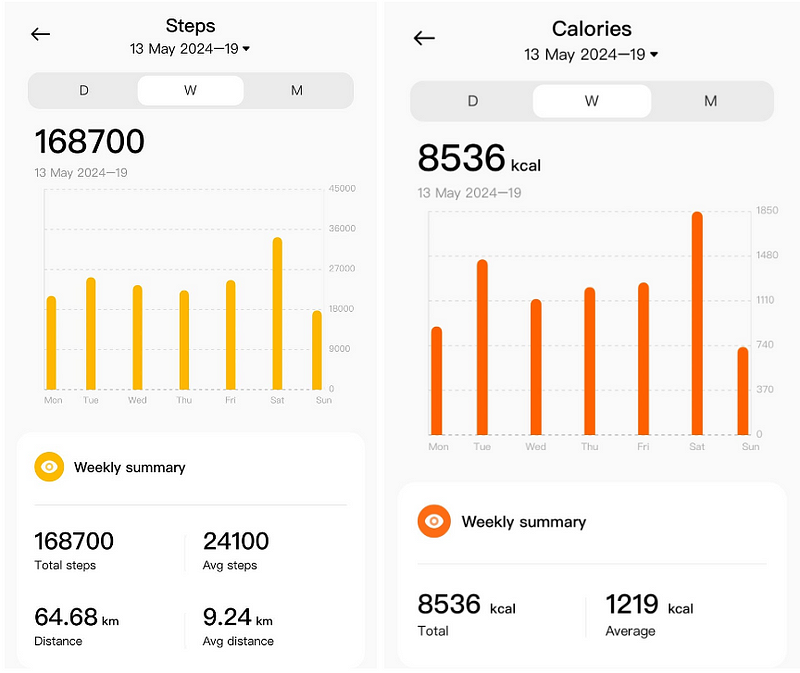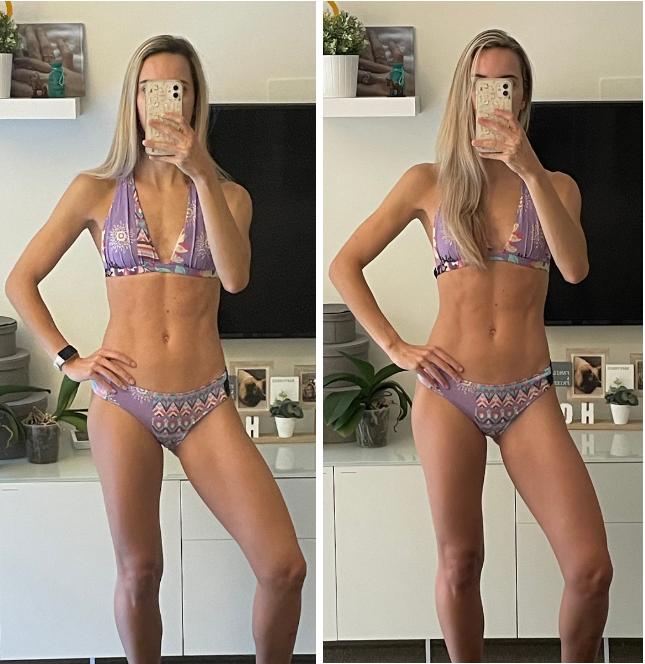Rediscovering Fitness: 28 Days of Hunter-Gatherer Exercise
Written on

I embarked on a month-long journey of exercising like a hunter-gatherer, intrigued by the health benefits this lifestyle offers. Studies on the Tsimane people of Bolivia indicate they suffer from very few health issues such as heart disease or diabetes, and their athleticism is notable. This inspired me to adopt a similar fitness routine and document my experience, which includes:
- My daily regimen, including typical hunter-gatherer exercises, best practices, and lessons learned.
- The outcomes: Changes in my body composition, cardiovascular fitness, and any additional observations.
- An evaluation of the experience along with practical tips I gathered.
Here’s how it went:
The intention of this article is to share my personal experience with a hunter-gatherer-inspired fitness routine, not to offer medical advice. Always consult a healthcare professional before starting any new exercise program.
PART I: Adopting the Hunter-Gatherer Exercise Approach
The exercise routine of contemporary hunter-gatherers includes:
- High Step Counts: They typically walk 16,000 to 17,000 steps daily (about 8 miles) while foraging for food.
- Hunting Techniques: They engage in varying intensity levels while chasing prey. While I can't hunt in Barcelona, I incorporated High-Intensity Interval Training (HIIT) into my weekly schedule.
- Heavy Lifting: Activities like home repairs or transporting goods help maintain muscle strength. I aimed for 60 minutes of resistance training weekly, spread over four sessions.
- Social Activities: Group activities are common; hence, I aimed to include social sports like tennis and dancing.
- Outdoor Time: Spending time outdoors is essential, so I targeted 120 minutes of outdoor exercise weekly.
This lifestyle burns around 800 to 1,200 calories from physical activity alone, significantly higher than the average Western lifestyle.
From May 13 to June 9, I committed to this routine.
Variations exist among hunter-gatherer tribes; my approach was based on average practices outlined in the review.
Week 1
The initial week was about preparation. I arranged my schedule to fit my new exercise plan and tracked my activity with a fitness band.

Additionally, I monitored my body composition using an Inbody machine at my gym. However, I struggled to measure my VO2 max, which indicates aerobic fitness.
I performed a one-mile walk test to establish my baseline VO2 max, which came out to 39.73 ml/kg/min, a solid number for my age (30).
Week 2
In the second week, I fully committed to my hunter-gatherer exercise routine, achieving all my targets:
- Steps: My treadmill desk helped me maintain over 20,000 steps daily.
- HIIT: I added a 16-minute HIIT session on an assault bike.
- Resistance Training: I kept my schedule of three sessions per week.
- Social Play: I participated in Zumba twice a week.
- Outdoor Time: I achieved my goal of 120 minutes.
The only real challenge was HIIT, which proved more demanding than expected. I learned not to attempt it after resistance training.
I felt exhausted by the end of the week, reminding me that moderation is key in physical activity.
Week 3
By the third week, I decided to ease up. I reduced my Zumba sessions and resistance workouts, focusing more on walking, especially with friends and family.

Despite the reduced intensity, I still met my activity targets, and the social interactions helped rejuvenate my spirit.
Week 4
The final week was a balance of activities that felt sustainable. I managed my steps throughout the day, maintained three resistance sessions, and incorporated fun, active outings with friends, such as visiting a local theme park.

Completing my HIIT sessions without overwhelming myself was key to my success.
PART II: Outcomes
The main goals were to assess changes in body composition, cardiovascular fitness, and overall well-being.
Physical Changes
Before and after images showed minimal visual differences, but measurements indicated a slight increase in muscle mass and a decrease in body fat percentage.

Cardio Fitness
I retook the one-mile walking test and was pleasantly surprised to find my VO2 max had increased to 45 ml/kg/min, marking a significant improvement.
Additional Benefits
I observed several other positive outcomes:
- Enhanced Mood: Increased time outdoors and social interaction boosted my happiness.
- Improved Sleep: I experienced deeper sleep, particularly outside of the second week.
- Knowledge Gain: Learning about different hunter-gatherer tribes was enlightening and could inspire future endeavors.
Overall, the 28-day experiment helped maintain my fitness level and provided insights into enhancing my cardiovascular health.
PART III: Was It Worth It?
Adopting a hunter-gatherer fitness routine was a rewarding experiment that I recommend to others. Many live sedentary lives, and emulating aspects of this lifestyle could reveal ways to boost overall activity and health.
Start small, perhaps with a daily 30-minute walk, and gradually incorporate more activities. The key is to reduce sedentary time.
If you decide to fully embrace this fitness model, keep these tips in mind:
- Avoid pairing HIIT and resistance training on the same day.
- Use home-friendly HIIT options to save time.
- Monitor your energy levels to prevent burnout.
- Prioritize outdoor walks with companions.
Regardless of how you choose to move, I hope this experience inspires you to be more active.
Get outside. Engage with others. Move daily.